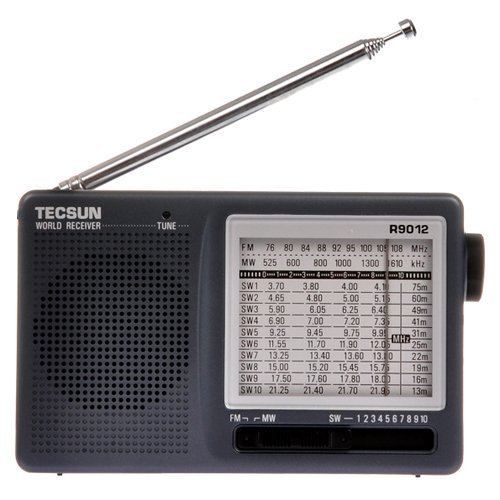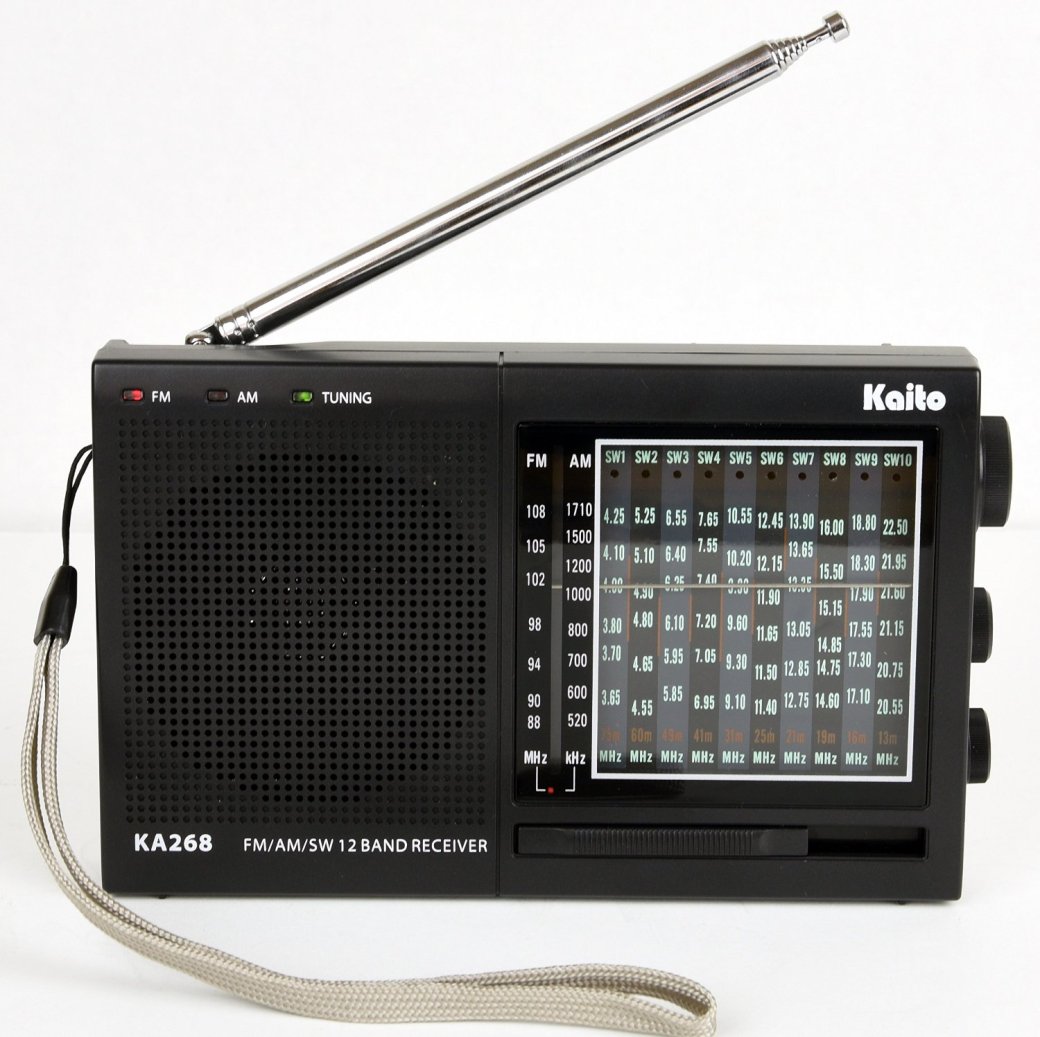
In this day and age with all of the high tech communications gear, we sometimes overlook the simpler things. This post is not about fancy comm gear or mind blowing tricks…its about good ole fashion AM/FM radio. Don’t stop reading…this is important.
If “something” where to happen and your daily routine was disrupted, where can you go to get info fast? Why your AM/FM radio of course! This is a tool we all have available to us. It’s on your night stand, it’s in your car and it should be in your bug out bag and your comms kit! All of the other things like ham radio, CB and scanners are still very important but don’t forget a simple AM/FM radio. This small unit can provide you with local information as well as a regional/national information. These radios can be very inexpensive and take up very little room in your bag or kit. You should get a unit that runs on AA batteries to keep the power requirements in line with your other equipment. These radios will run for days, yes days of continuous use if you use headphones! Volume has alot to do with battery consumption in the smaller radios, so keep it quiet and you should have no problem. Expect to pay under $20 for a very good unit with excellent performance. Lots of people ask me if they need shortwave? The answer is yes and no…shortwave is a very nice feature to have but it is not a deal breaker, remember, we are using this unit to gather local intel during an emergency. Shortwave will provide you with an “outside” view of what’s going on there. Sometimes it’s nice to get a “outsiders” view when you’re trying to piece together your situation. Remember, alot of the world still has no internet, most of their info comes via radio. Something else to keep in mind when purchasing a radio, analog style sets will use less energy. A set with lots of lights or a LCD display will drain your precious AA batteries faster then an old analog style face. As far as features go, less is best. Keep it simple. You may be using this radio under stress and less of a learning curve is better. (analog is also easier) A headphone jack is a must but other then that, anything will work. Some radios will have a telescoping antenna and some may not. Remember, AM uses the internal bar antenna and FM and shortwave use the telescoping whip. For extra performance you can clip a long wire to the whip on the radio. This works well for shortwave but if you go too long you can overload the receiver. Stick to around 10-15 feet. Shortwave listening will be a topic for another post. After getting your radio go to http://radio-locator.com/. This is a great resource to use while the grid is up. Enter your location and it will give you all of the AM/FM stations in your AO! (Area of Operations) Print this out and keep it with your comm kit. Under stress you will forget where to tune. Also if the situation is wide spread, you can see what stations in what areas are still in operation. This may give you an idea of the scope of the event. Next question?? AM vs FM. Under normal conditions FM will carry mostly music and AM tends to be more news/politics/religion/sports etc. When things go south both bands will hopefully have news and information. Other things to consider when listening are: FM is more local (large city or area) and it stays consistent day and night; where as AM will be local during the day and regional to national at night. You can use AM to get the “big picture” view at night. Something to try with your radio is to tune in a weak AM station then turn/spin your radio as if it were on a “lazy Susan” and watch the signal inprove or degrade. This is because the internal AM antenna is directional! This serves two purposes. First, it helps you improve your signal reception, second it gives you a bearing (direction of origin) on the station you have turned in. With the info from the radio-locator that you printed out and the second trick from above, you can establish simple cardinal directions. We have talked about improving your intercept skills and these simple radios can help as well. When night falls, get your headphones on and your notebook out. Tune around the AM band and take note of all the stations you can hear. If you listen to a station long enough they will give their call letters, write them down. After you are done your “headphone” time you can use open resources to identify the stations you heard. Don’t skip the weak stations, they provide the best ear training, log them all. Also, AM is full of all types of programming content, we don’t care about that for this exercise. We are using the transmissions for intercept practice. Think of it like working that weak DX station on HF. Remember, listen twice and speak once. Here are some recommendations; my goal here was to keep the price buget friendly:




These are just some options to point you in the right direction. There are many other options. Stay tuned and feel free to post your logs. Posting your findings is a good way of doing a AAR (after action report), it shows completion. It’s easy to read this on the couch but doing it is the only way to inprove your skill set.
Dialtone OUT!
FM vs AM?…Winner will be the one station further than you. My expeience with commercial FM radio stations tells me that they are not setup to run for long without power. Especially their power station/Antenna that requires someone to get up there on the mountain top, and run/fuel the generator (if there is one to start with). So we should be finding out -beforehand- which stations will be far enough from the area of disaster to be affected.
LikeLike
Another thing — make a note of the stations in the major AND minor cities in a ring about 300-400 miles around you. If you have a quality radio (I know I can do it with my $150 Sony SW7600, but the ones above should be there too) then the only reason you aren’t catching these further away stations is interference from your local sources, both local transmitters and just all the garbage that air conditioners, ceiling fans, televisions, hair dryers etc throw off into the air. When your whole region’s power is out, suddenly that interference is gone and you’ll hear these other stations — if you know where to listen.
(This will also give you a good idea of what is going on just by what stations are up — and clue you in to things like the news saying that your area is fine when you know it isn’t, or hearing that other areas are unaffected even though you know they aren’t on the air.)
And one more list that you can print out straight from wikipedia — never discount the wonder of clear-channels, even during normal times. When the skip is right, it’s easy to pick up NYC and LA (640 and 660) from Texas — at the same time.
LikeLiked by 1 person
https://en.wikipedia.org/wiki/Clear-channel_station
Forgot the link.
LikeLiked by 1 person
Pingback: BURNER KITS | communications tradecraft
Reblogged this on ETC., ETC., & ETC..
LikeLike